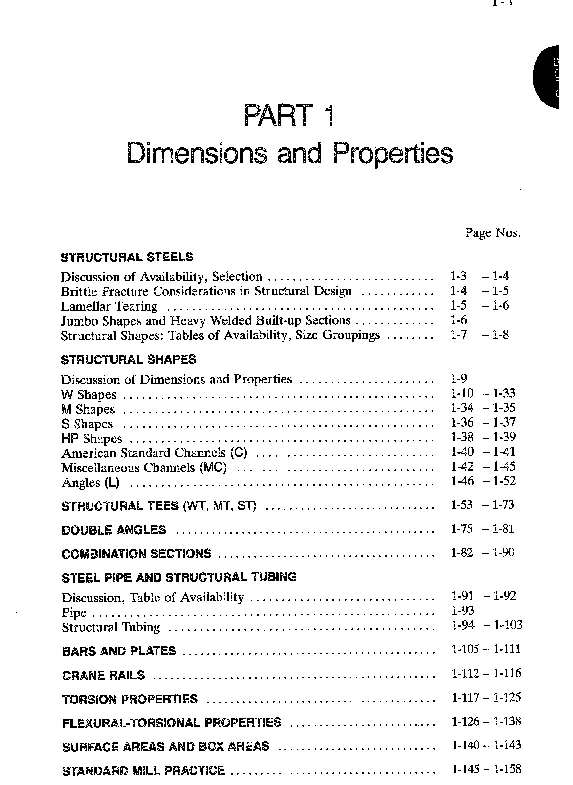-
资源简介
The AISC ASD Manual 9th Edition, officially titled the \"Manual of Steel Construction - Allowable Stress Design,\" is a foundational reference in the field of structural steel design. Published by the American Institute of Steel Construction (AISC), this manual provides guidelines and specifications for the design of steel structures using the allowable stress design method. It serves as a critical tool for engineers, architects, and construction professionals who work with steel in building and infrastructure projects.
First published in the early 20th century, the AISC ASD Manual has undergone several revisions to reflect advancements in materials, construction techniques, and engineering practices. The 9th edition, released in the late 1980s, represents a significant milestone in the evolution of steel design standards. This edition consolidates previous knowledge while incorporating updated information to ensure that designs meet safety, serviceability, and economic requirements.
The primary purpose of the AISC ASD Manual is to provide a systematic approach to designing steel structures based on the principles of allowable stress design. This method involves calculating the stresses induced in structural members under various loading conditions and comparing them to the allowable stress limits specified in the manual. By ensuring that these stresses do not exceed the permissible values, engineers can create safe and reliable structures.
The 9th edition includes detailed information on the properties of steel materials, including different grades and their mechanical characteristics. It also outlines the design procedures for various types of structural elements such as beams, columns, trusses, and connections. Each section of the manual is organized to facilitate easy reference and application in real-world engineering scenarios.
In addition to design specifications, the AISC ASD Manual 9th Edition contains tables, charts, and formulas that aid in the calculation of structural parameters. These resources are invaluable for quick and accurate design decisions. The manual also provides guidance on the selection of appropriate steel sections based on load requirements, span lengths, and other design considerations.
One of the key features of the 9th edition is its emphasis on code compliance. It aligns with the American Society of Civil Engineers (ASCE) and other relevant standards to ensure that designs meet national and international building codes. This alignment helps engineers avoid costly errors and ensures that structures are built to the highest standards of safety and performance.
The manual also addresses special cases and unusual loading conditions that may arise in complex structural systems. It provides examples and case studies that illustrate the application of design principles in practical situations. These examples help reinforce the theoretical concepts presented in the text and offer valuable insights into the design process.
Despite the introduction of more advanced design methods such as Load and Resistance Factor Design (LRFD) in later editions, the AISC ASD Manual 9th Edition remains a widely referenced document in the industry. Many engineers continue to use it as a secondary source of information, especially when working with older structures or when specific design requirements call for an allowable stress approach.
Overall, the AISC ASD Manual 9th Edition is a comprehensive and authoritative resource that has played a vital role in shaping the practice of structural steel design. Its detailed content, clear organization, and practical focus make it an essential tool for professionals in the field. Whether used for academic study, professional practice, or historical reference, this manual continues to contribute to the advancement of structural engineering.
-
封面预览

-
下载说明
预览图若存在模糊、缺失、乱码、空白等现象,仅为图片呈现问题,不影响文档的下载及阅读体验。
当文档总页数显著少于常规篇幅时,建议审慎下载。
资源简介仅为单方陈述,其信息维度可能存在局限,供参考时需结合实际情况综合研判。
如遇下载中断、文件损坏或链接失效,可提交错误报告,客服将予以及时处理。